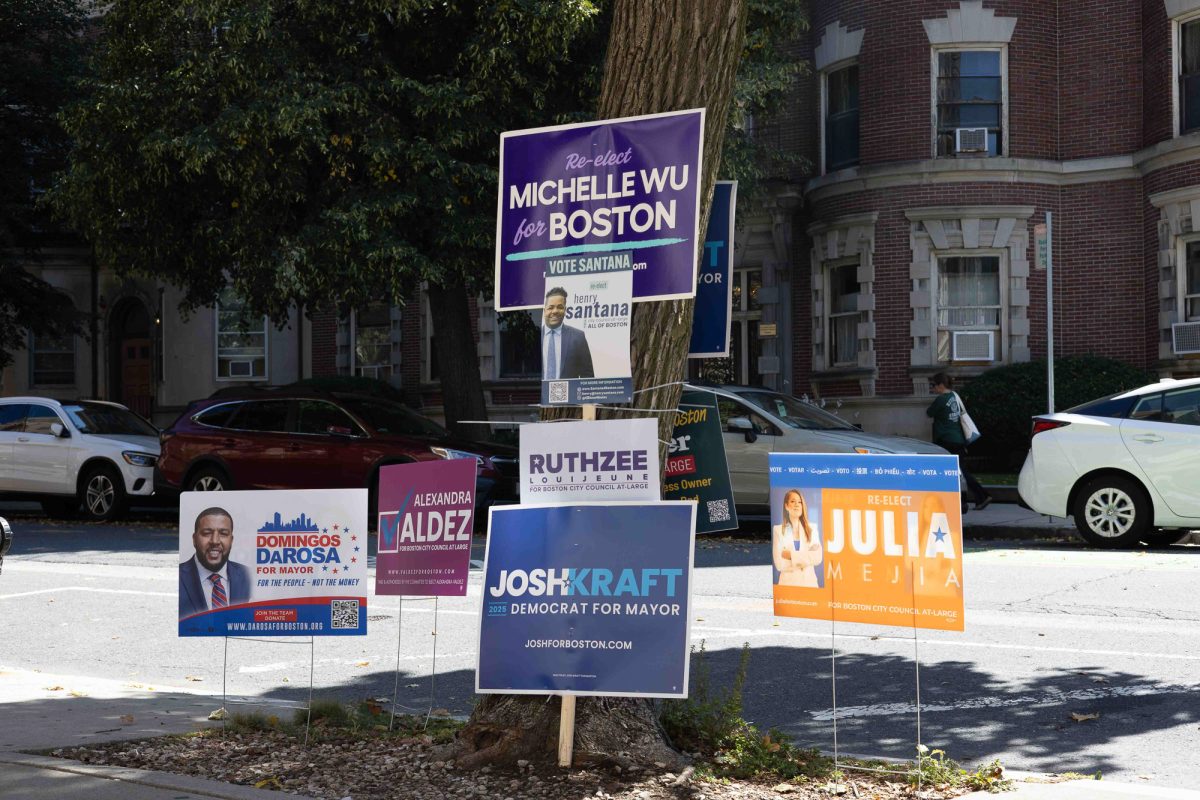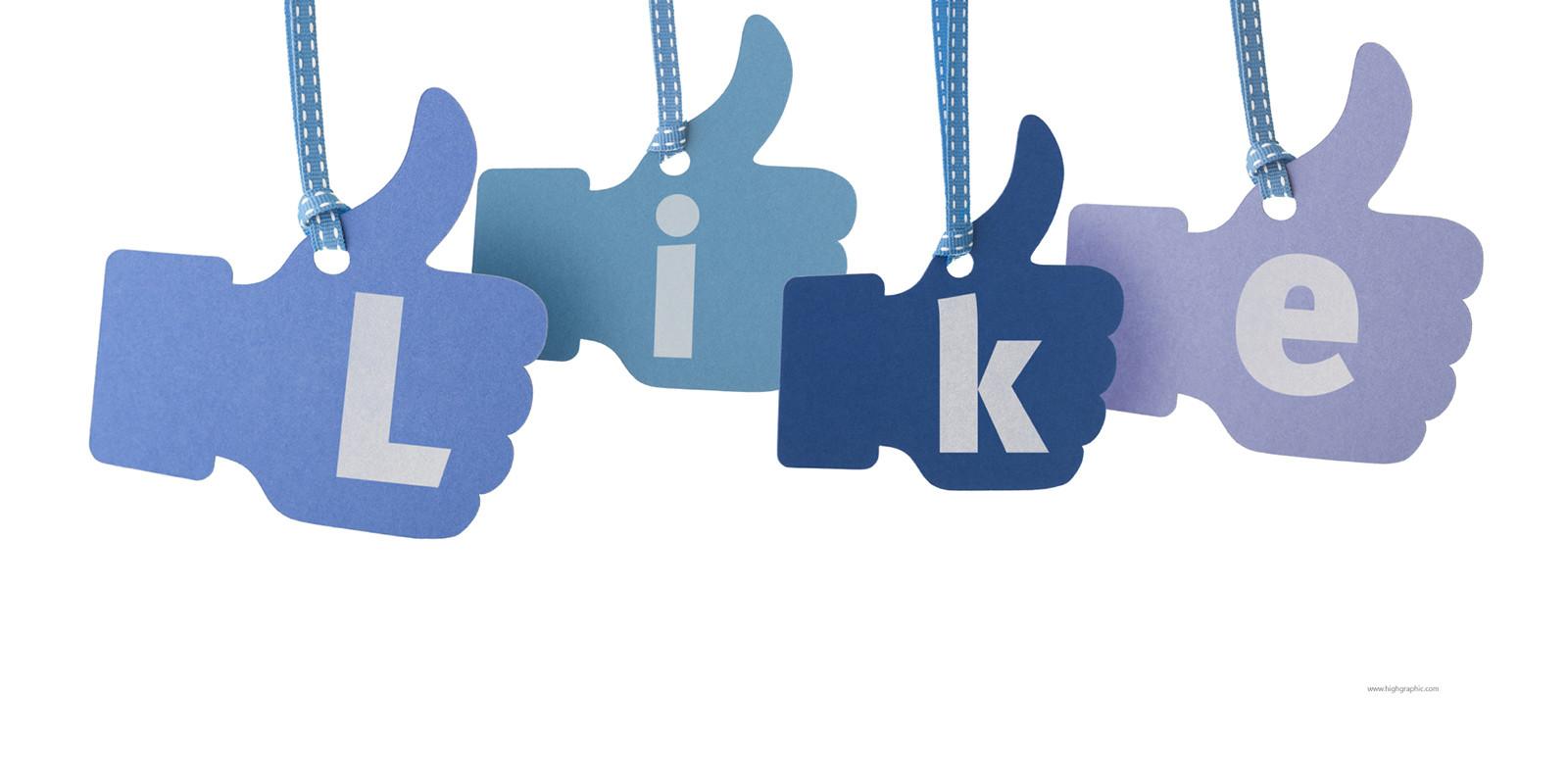It’s strange to step back and think about why we really use social media. Initially, social media was a way to connect with friends and family who we may or may not see every day, or to catch a glimpse into the lives of our favorite public figures. Now, it seems that some forms of social media have us speaking into a void. We post updates for our distant family members on Facebook, we tweet about our unfair biology grades and we post Instagram photos of our picture-perfect meals.
All of our focus has shifted from connection to aesthetic. Instagram is a highlight reel of your life — one that can bring you to bad places when you realize you’re portraying yourself as something you’re not. Eighteen-year-old Australian model Essena O’Neill wasn’t the first to fall down that rabbit hole, and she certainly won’t be the last.
The model has built what Buzzfeed calls a “social media empire” throughout her teen years by posting stylish Instagram photos of herself, posed in bathing suits, sports bras or evening gowns on beaches or in front of palm trees.
But O’Neill reached a breaking point: she could no longer keep up the falsified image she had created. Now, she has changed all of her perfect Instagram captions to bring awareness to the fact that she was paid to take a good majority of these photos, and to the fact that most of them were not nearly representative of her real life. She has even started a new website in an effort to inspire her followers to follow her lead, urging them to reconsider their true intentions behind posting photos.
“The only thing that made me feel good that day was this photo,” she wrote in one caption. “How deeply depressing. Having a toned body is not all we as human beings are capable of.”
O’Neill said she would spend hours doing her hair and make-up in preparation for taking that coveted selfie — which would actually require taking nearly 50 photos at a time just so she could choose the one that would receive the most attention and likes.
With social media, we are given the opportunity to create and cultivate our own images. We hand-design our Instagram aesthetic to show only the parts of us that we want others to see. And on Instagram specifically, we are striving to appeal to people who aren’t necessarily our friends or family.
Granted, many of us don’t see an issue with seeking gratification from others. Perhaps the problem lies in how we define what an aesthetically pleasing photo is, rather than the fact that we are posting it. Clearly, there are reasons we seek out photos like these, whether it’s because the photo itself is beautiful or because the girl inside the photos is the girl we aspire to be.
Either way, social media becomes difficult when we post photos for the wrong reasons. If more is being taken out of us than we are getting back by taking the perfect Instagram photos, it isn’t worth it. The reality is, selfies can be wonderful if we take them from a healthy place. Maybe you want to show the world how comfortable you are with yourself. But selfies aren’t healthy if you don’t have the self-esteem on your own.
Some may believe that changing the captions is the perfect way to relay this message about accepting yourself. By showing her followers that her life was a paid advertisement for clothing companies, O’Neill is bringing our attention to an issue that many people wouldn’t have thought about previously.
But maybe the trouble really does lie in the fact that people believe these photos represent what their “goals” should be. Our society has such an unrealistic expectation of beauty that we’ve now become blinded to even the most staged of the photos we see. We want to believe that everyone realizes magazine covers are photoshopped, but we know this is a fantasy. Realistically, then, we can’t expect Instagram users, especially impressionable pre-teens and teenagers, to understand that the majority of the photos they see are faked.
It isn’t shocking anymore that people who want to look skinnier in a photo might eat less. Even though O’Neill’s captions are changed and many of the photos are deleted, it’s inevitable that a good portion of her followers will still see her body and say they want it. They will know that she starved herself the day she took it, or that she over-exercised, but they will tell themselves that doing these things is OK as long as they have a body that looks like hers. In this case, maybe it isn’t about the shallow need for likes. Maybe our intentions lie in our own desire for happiness, but they are rooted in disbelief.
O’Neill’s message is clear: she aims to work against what is deemed “goal-worthy” in today’s society. But maybe her attempt falls short. Take, for example, the Aerie advertisements we see on billboards in Boston and around the country. Their “unretouched” ad campaign now features starlet Emma Roberts in an effort to prove that the store is redefining beauty standards. In reality, the ad still features the image of a girl society deems beautiful — her blonde, windblown hair and thin physique are exactly what we as a society expect a Hollywood actress to look like, and exactly what young girls are going to strive to look like at whatever cost.
In turn, advertisements such as this stop messages from being genuine. And even if O’Neill’s captions were genuine, the images still exist, and they play into the fact that there is a curated selection of what we are supposed to look like.
In reality, this one Instagram account probably won’t change the thinking of our generation. People will always look at someone else’s Instagram and wish that they had “that life.” But the fact is, you don’t have to have an amazing life to have a good online presence, and you don’t have to have a good online presence to have an amazing life.



















































































































